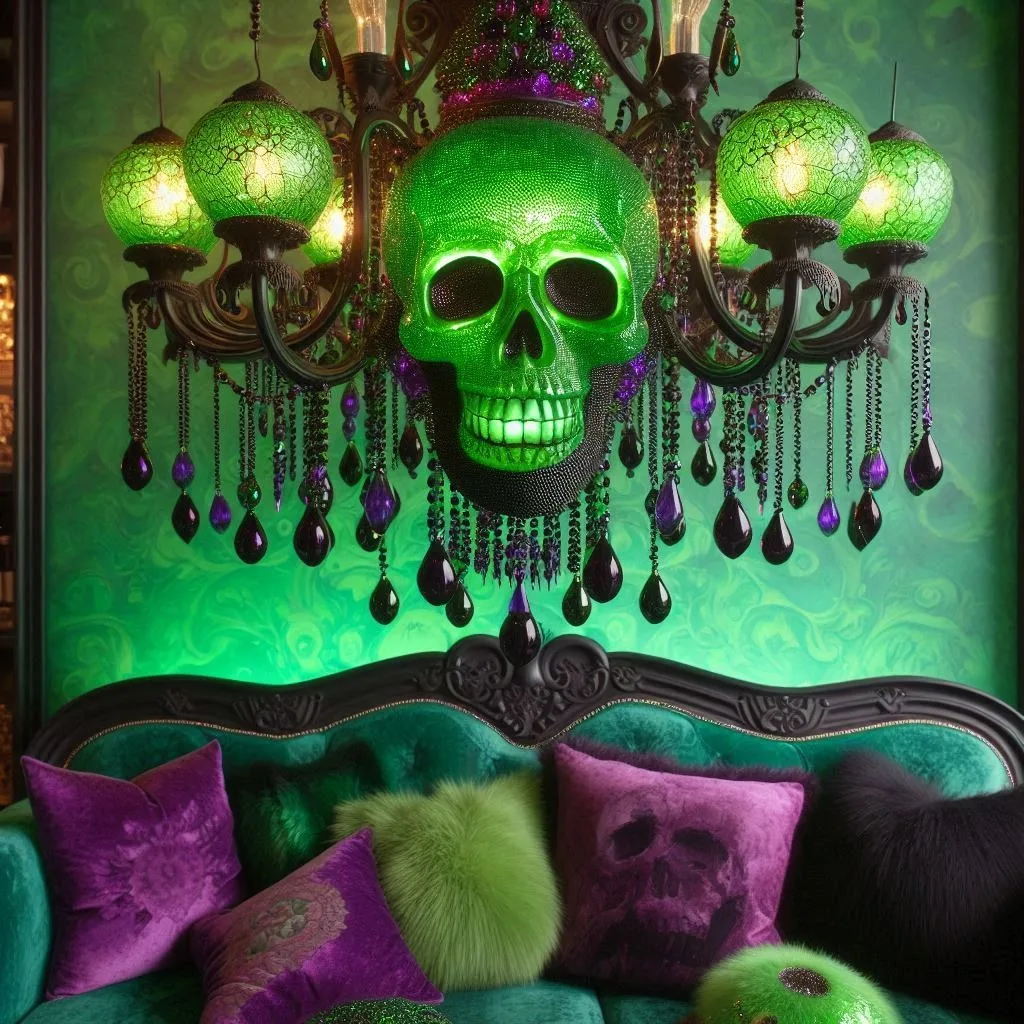Lighting has long been a fundamental aspect of interior design, influencing the mood, functionality, and aesthetic appeal of a space. In recent years, modern lighting has evolved beyond mere illumination to become a centerpiece of artistic expression. Among the most innovative trends in this evolution is the rise of Doppelganger Chandeliers—lighting fixtures that push the boundaries of perception and design. These chandeliers create illusions, mimicking forms and shapes in a way that captures the imagination and blurs the lines between functionality and art. In this article, we’ll dive deep into the world of Doppelganger Chandeliers, exploring their origins, design principles, and how they are reshaping modern interiors with their artful deception.
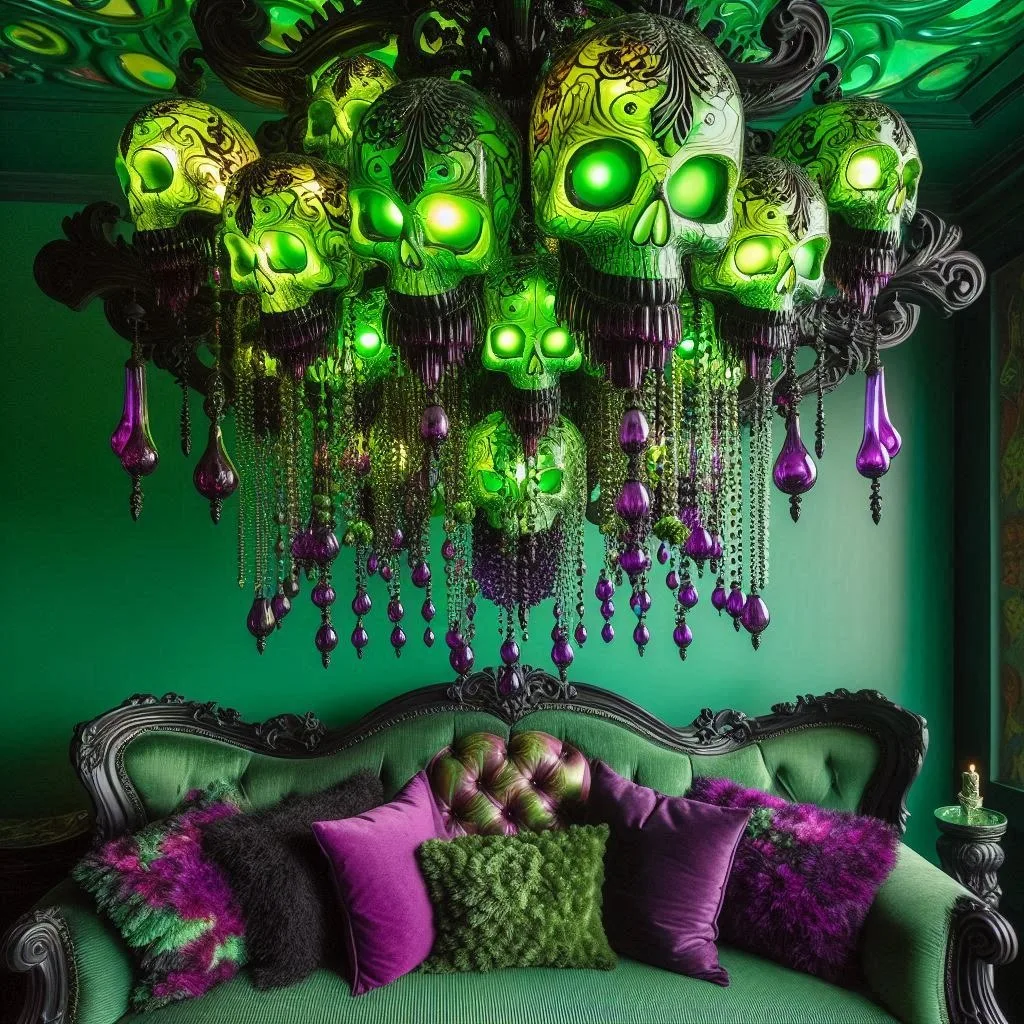
The Concept of Doppelganger in Design
The term “doppelganger” originates from German folklore, referring to a ghostly double or twin of a living person. In broader terms, it signifies a phenomenon where one object, person, or thing resembles another so closely that it creates an eerie sense of duplication or mirroring. Applying this concept to lighting design, Doppelganger Chandeliers are fixtures that use visual illusions to appear as something they are not—transforming spaces in unexpected and artful ways. They are not just functional light sources but pieces of art that invite viewers to question their perceptions of reality.
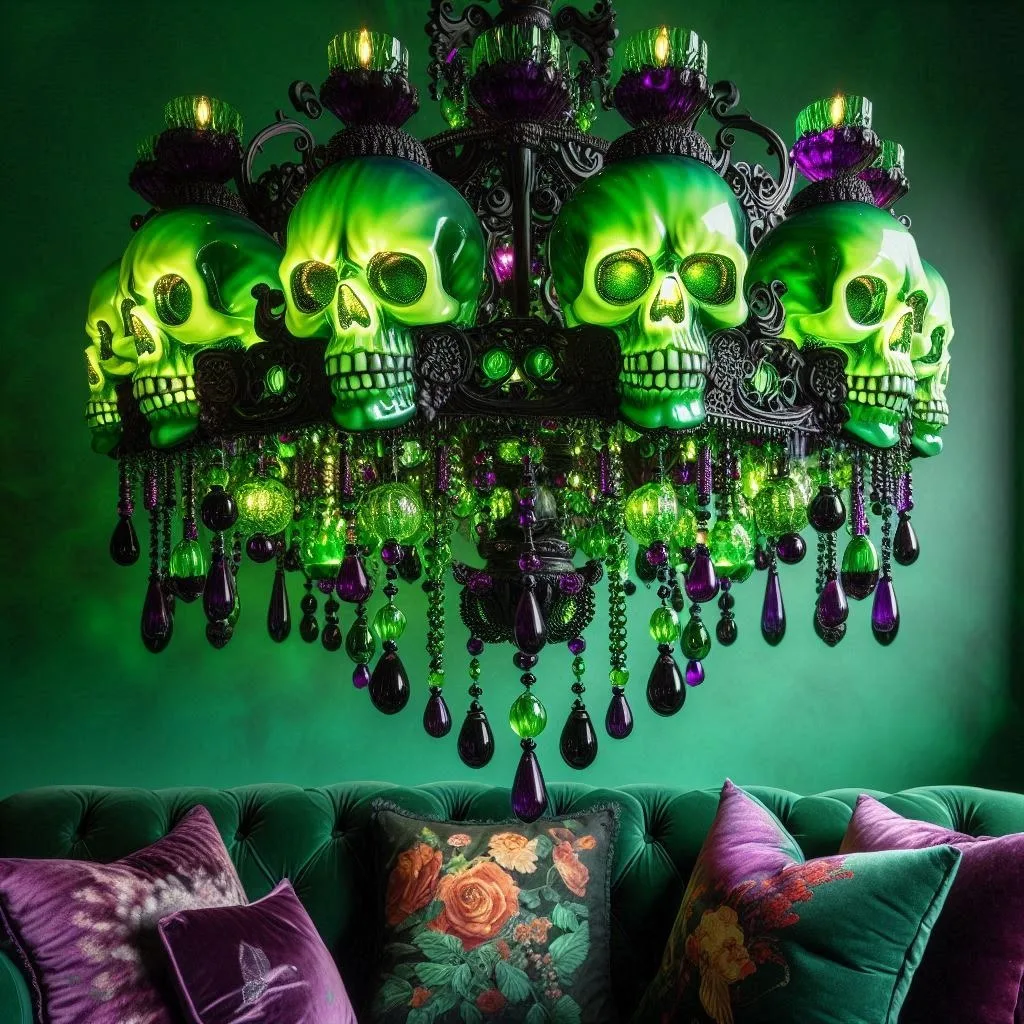
The Appeal of Optical Illusion in Design
Humans have always been fascinated by illusions—whether in art, architecture, or design—because they challenge the way we interpret the world. The play between light, shadow, reflection, and refraction can create mesmerizing effects, leading to a heightened emotional response. Doppelganger Chandeliers, in their essence, are the epitome of this fascination with illusion. They manipulate light and materials to create duplications, distortions, and mirages that alter the perception of space, creating a unique experience for anyone interacting with them.
The Mechanics Behind Doppelganger Chandeliers
1. The Evolution of Chandelier Design
Before delving into the specifics of Doppelganger Chandeliers, it’s essential to understand the evolution of chandelier design. Traditionally, chandeliers were symbols of wealth and grandeur. Originating in the medieval period, they started as simple wooden crosses with spikes for candles. As time progressed, chandeliers became more ornate, incorporating glass, crystal, and other luxurious materials, culminating in the opulent, multi-tiered designs we often associate with grand estates and ballrooms.
In the modern era, chandeliers began to move away from their purely decorative roots. Designers sought to merge form with function, experimenting with new materials and shapes. The chandelier, once an emblem of classic luxury, became a canvas for innovation. Minimalist designs, industrial styles, and contemporary interpretations all pushed the boundaries of what chandeliers could be, making way for the rise of more abstract and illusionary forms, such as the Doppelganger Chandelier.
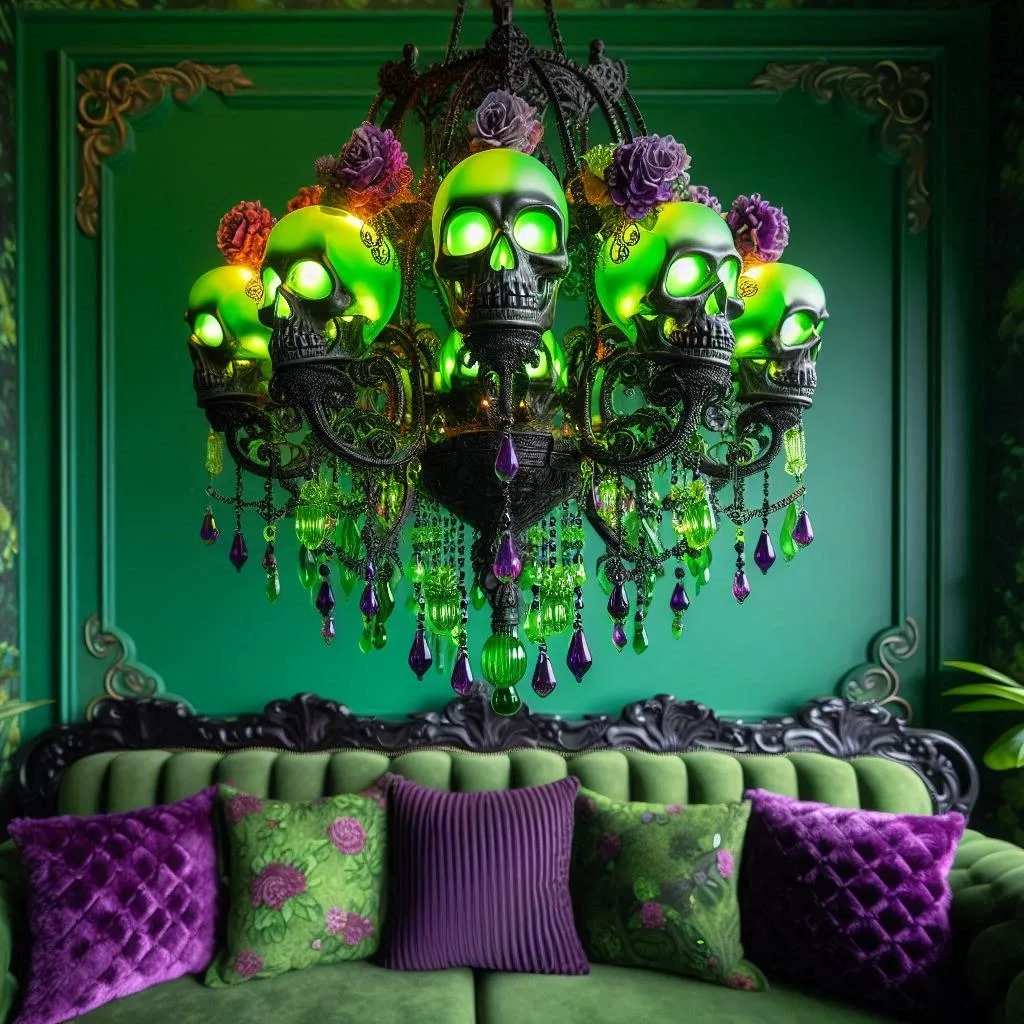
2. What Makes a Chandelier a Doppelganger?
Doppelganger Chandeliers are not just about visual trickery; they are carefully designed to create a duality or sense of deception in their appearance. These chandeliers often use a combination of mirrored surfaces, strategically placed lights, and intricate shapes to produce the effect of duplication or transformation. Here are a few core elements that define them:
- Reflective Surfaces: Mirrors or reflective materials play a crucial role in creating the illusion of doppelgangers. When light bounces off these surfaces, it creates reflections that can make it seem as though the chandelier has multiplied or exists in multiple forms simultaneously.
- Layering and Repetition: Some Doppelganger Chandeliers use repeated layers of materials or shapes that, when lit, create the perception of depth or additional structures that aren’t physically there. This repetition adds to the sense of a mirrored or duplicated object.
- Disguised Light Sources: In many Doppelganger designs, the light source is hidden or diffused in such a way that the light itself becomes part of the illusion. This can make it difficult to determine where the light is coming from, adding to the chandelier’s mystique.
- Organic and Abstract Forms: Rather than adhering to traditional geometric patterns, Doppelganger Chandeliers often take on organic, fluid forms. These shapes, when coupled with light manipulation, can seem to morph or shift depending on the viewer’s angle, further enhancing the illusion.
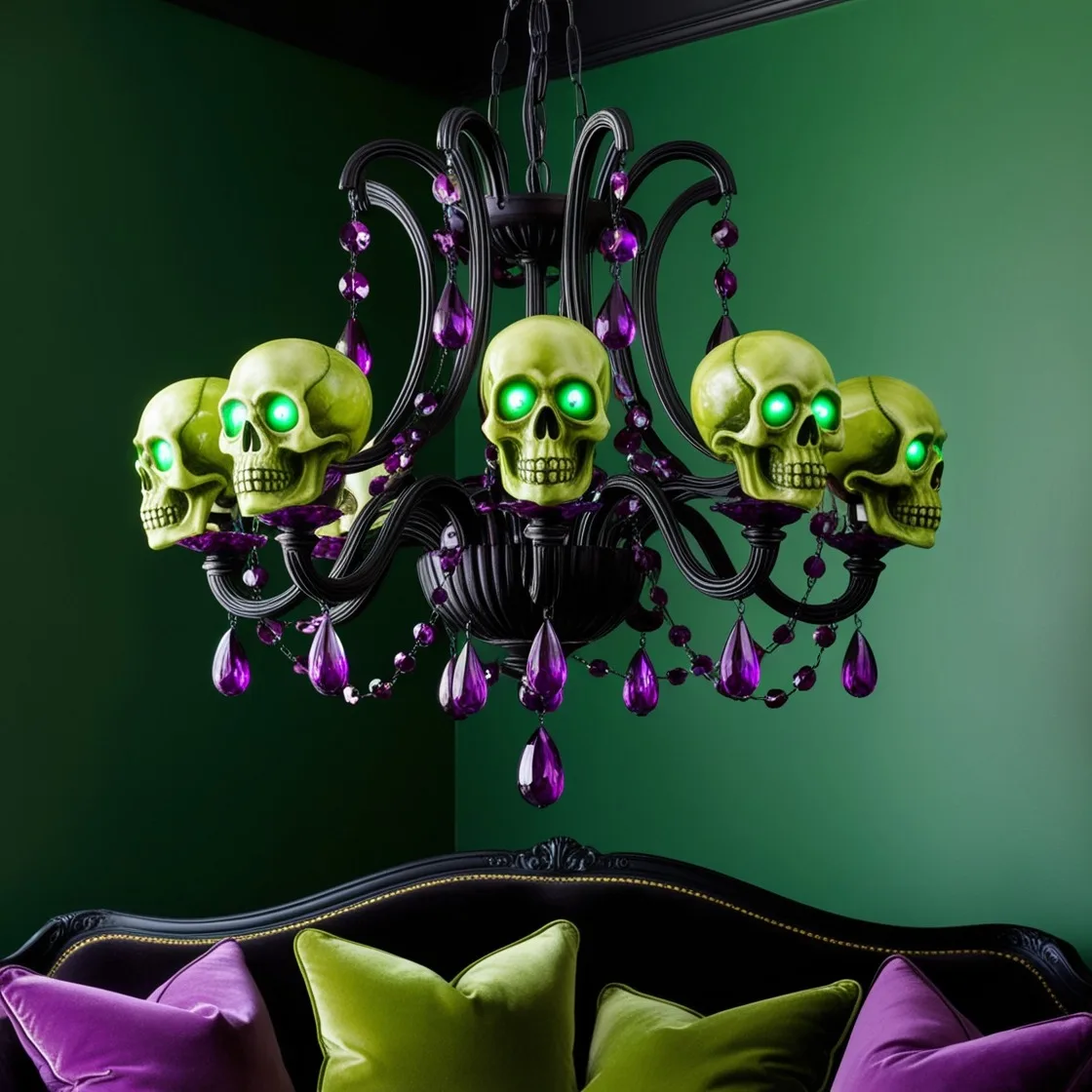
3. Materials That Bring the Illusion to Life
The materials used in Doppelganger Chandeliers are crucial in creating their ethereal effects. Designers often opt for a mix of modern and traditional materials, including:
- Glass and Crystal: Traditional chandeliers have long used glass and crystal to refract and play with light. In Doppelganger designs, these materials are manipulated in new ways—cut into unexpected shapes or arranged in patterns that distort their typical sparkle, creating new and surprising visual effects.
- Metal: Metals, particularly those with high polish, serve as reflective surfaces that can create the illusion of depth and duplication. Brushed metals, meanwhile, offer a softer reflection that can contribute to more subtle doppelganger effects.
- Acrylics and Plastics: Lightweight and versatile, acrylics are often molded into intricate shapes that, when paired with light, produce the illusion of floating forms or multiplied layers.
- Mirrored Elements: Mirrors are perhaps the most iconic material in the creation of doppelganger effects. By strategically placing mirrors within or around the chandelier, designers can create reflections that appear to duplicate the fixture or distort the viewer’s perception of its size and structure.
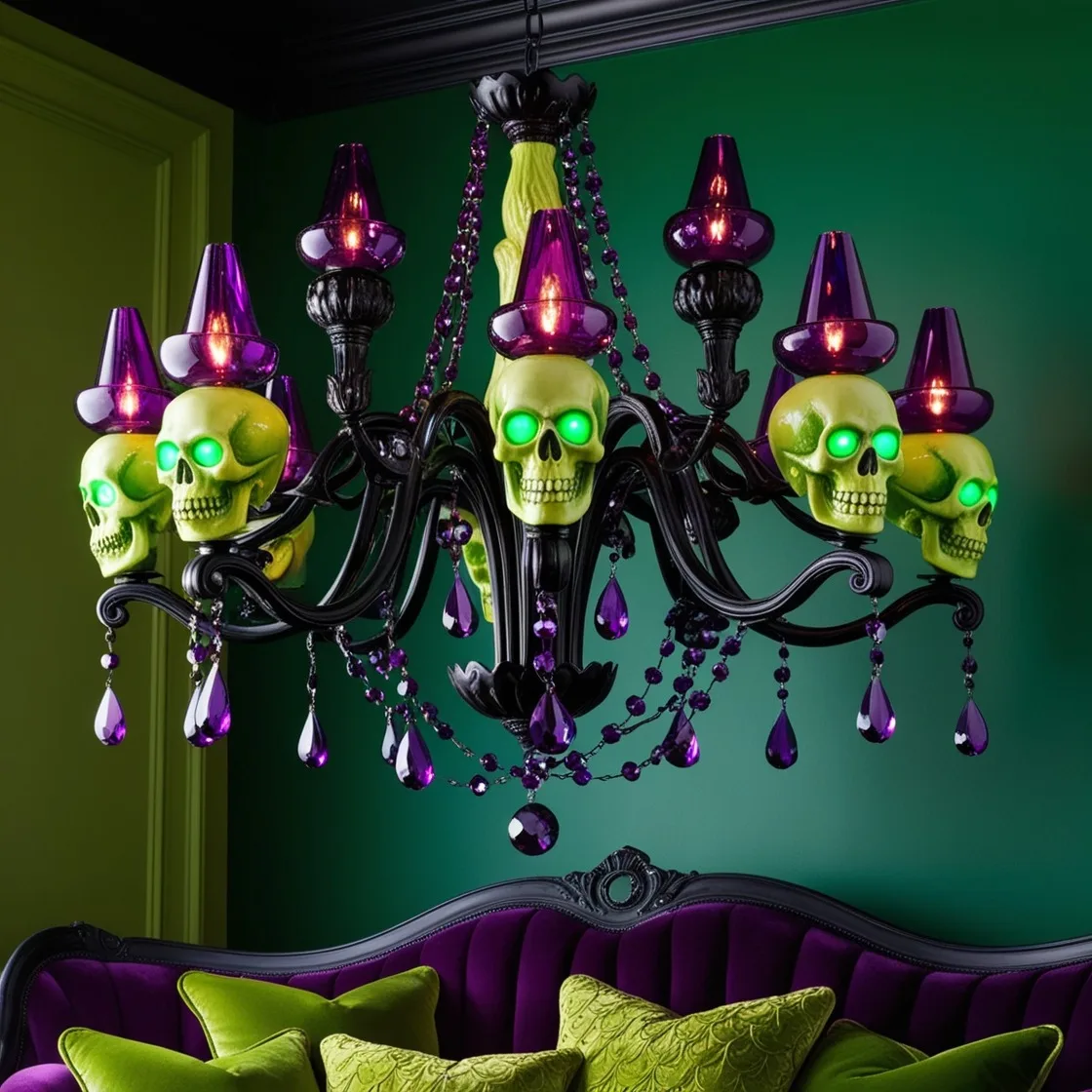
4. The Impact of Doppelganger Chandeliers on Space
The placement and style of a Doppelganger Chandelier can transform the feel of a room. The illusions created by these fixtures can make small spaces appear larger, make large spaces feel more intimate, and add a sense of drama and intrigue to any environment. Here’s how these chandeliers influence different settings:
- Expanding Small Spaces: The reflective qualities of Doppelganger Chandeliers can give the illusion of more space. By reflecting light and surrounding elements, they can make a small room feel open and airy, enhancing the overall aesthetic without overpowering the space.
- Adding Depth to Large Spaces: In larger rooms, the multiplicative nature of these chandeliers can add layers of depth and complexity, making vast spaces feel more dynamic and visually interesting. The illusions created can make the chandelier appear to be floating, growing, or changing as one moves through the room.
- Enhancing Ambiance: Doppelganger Chandeliers don’t just change the perception of space—they also alter the ambiance. The interplay of light and shadow, reflection, and refraction creates a moody, often surreal atmosphere that is perfect for those looking to make a bold statement in their interior design.
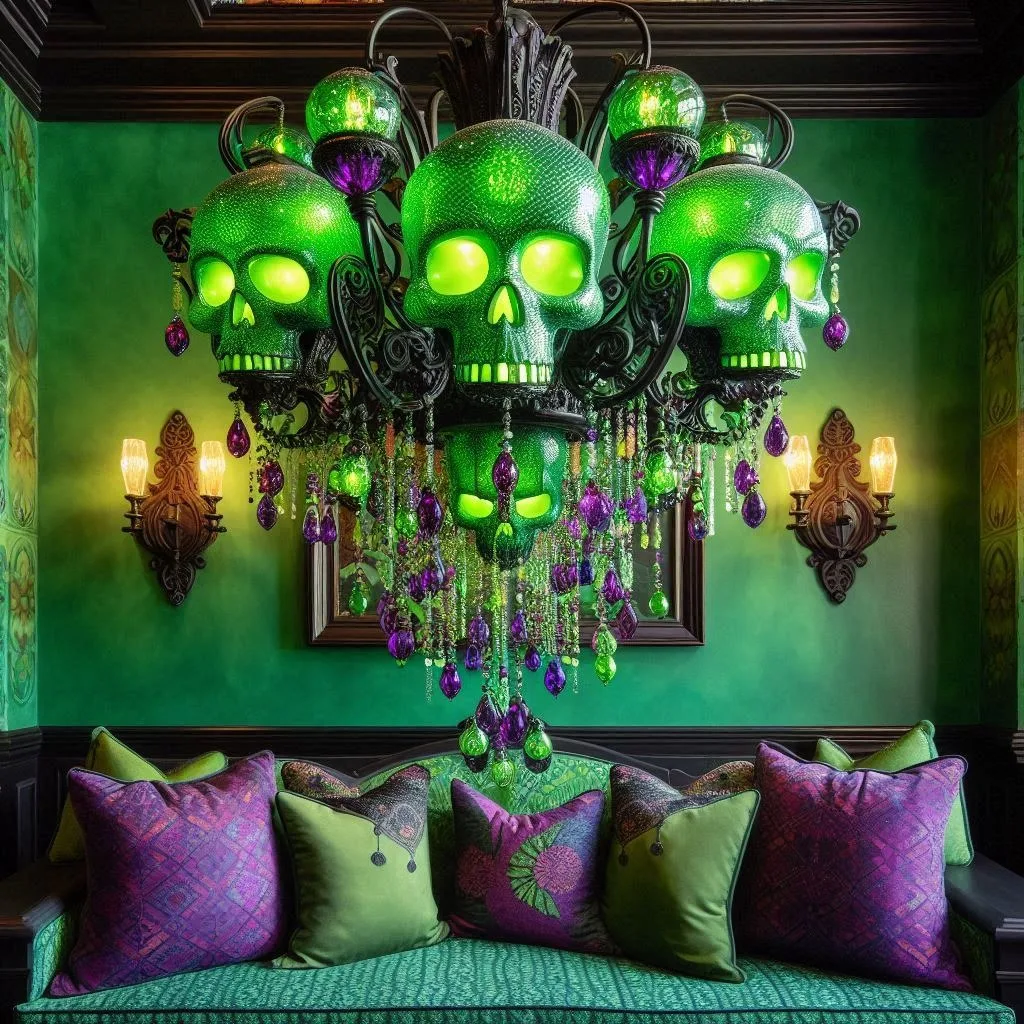
5. Famous Designers and Iconic Doppelganger Chandelier Creations
Several designers have pioneered the use of illusions in chandelier design, pushing the boundaries of how light fixtures are perceived. Among these are:
- Ingo Maurer: Known for his experimental lighting designs, Maurer often incorporates elements of illusion and reflection in his work. His chandeliers, which sometimes appear to be floating or changing shape, are iconic in the world of lighting design.
- Zaha Hadid: The late Zaha Hadid was famous for her fluid, organic architectural designs, and her lighting fixtures followed the same aesthetic principles. Her chandeliers often use repetition and abstract forms to create a sense of movement and illusion, making them perfect examples of Doppelganger Chandelier design.
- Arik Levy: With a focus on combining art with functionality, Levy has created lighting designs that challenge perception. His chandeliers often use mirrors, reflective surfaces, and unusual shapes to create complex illusions of space and light.
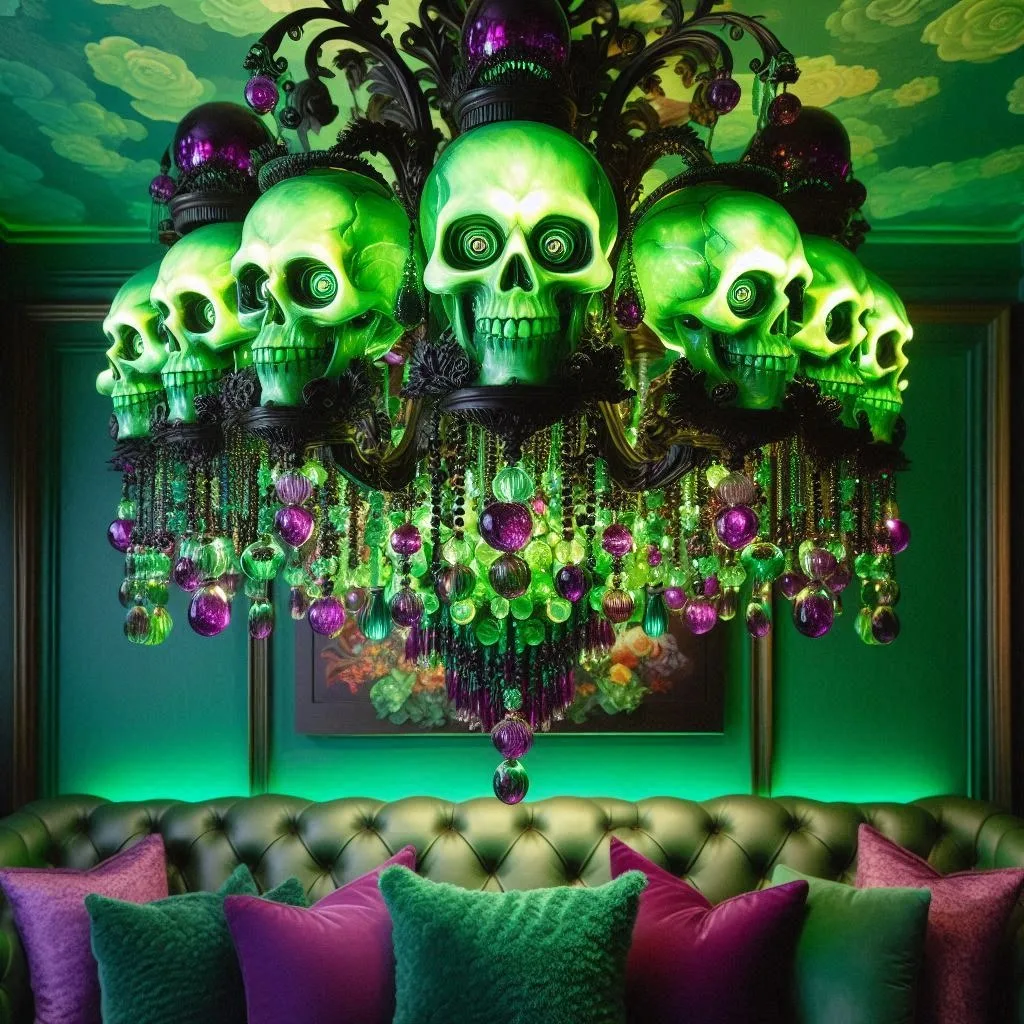
The Future of Doppelganger Chandeliers in Lighting Design
Doppelganger Chandeliers represent the intersection of art and functionality in modern lighting design. By playing with illusion, reflection, and perception, these chandeliers offer more than just light—they offer an experience. As technology continues to advance, we can expect even more groundbreaking innovations in this space. LED advancements, smart lighting, and 3D printing are all likely to further the possibilities for designers to create increasingly complex and mesmerizing chandeliers that challenge the way we see and interact with space.
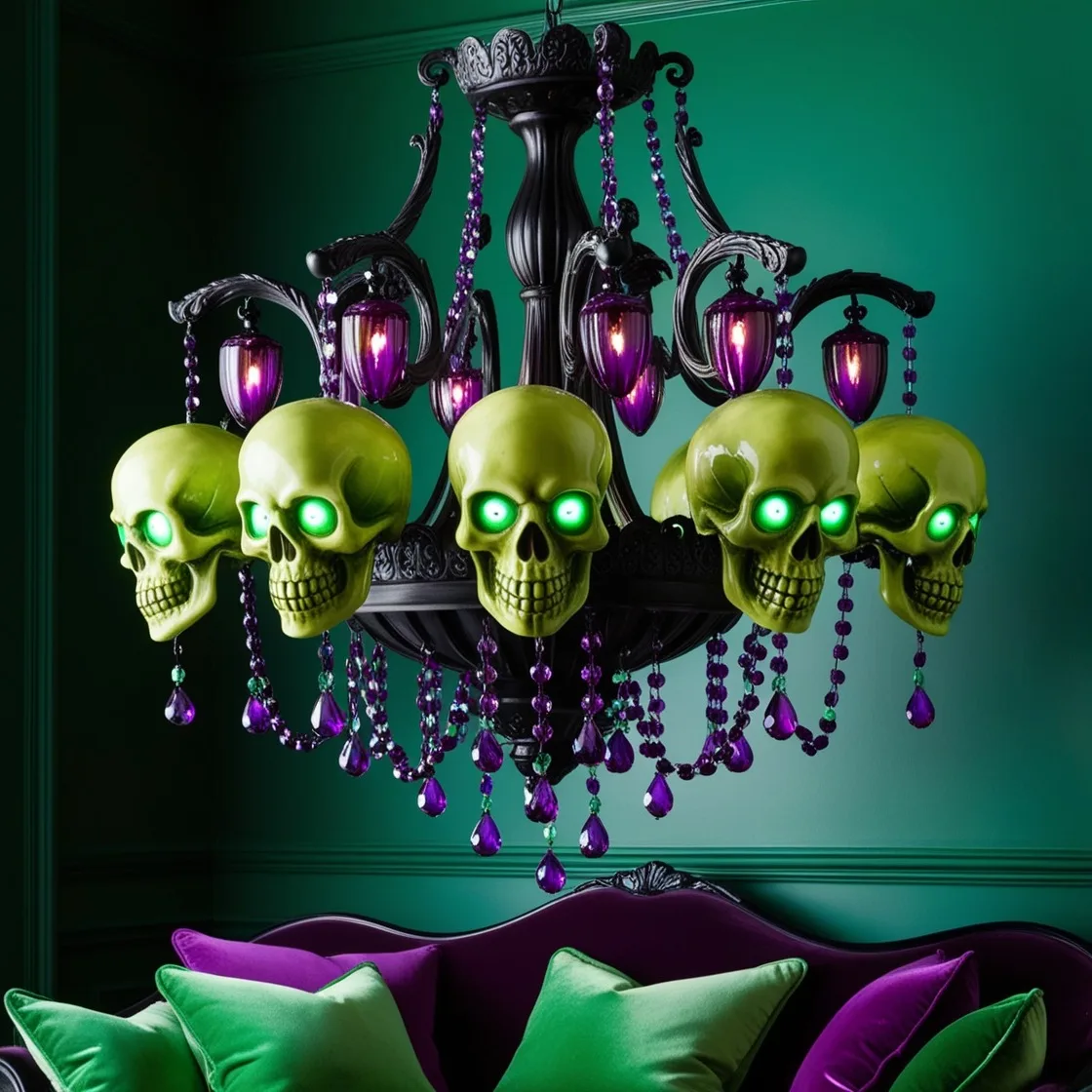
For homeowners, interior designers, and architects alike, Doppelganger Chandeliers provide an opportunity to infuse spaces with a sense of wonder, making lighting more than just a utility but a conversation piece and a work of art. As we continue to explore the boundaries of design, these chandeliers stand at the forefront of a movement that sees lighting not just as a necessity but as a canvas for creativity and illusion.

